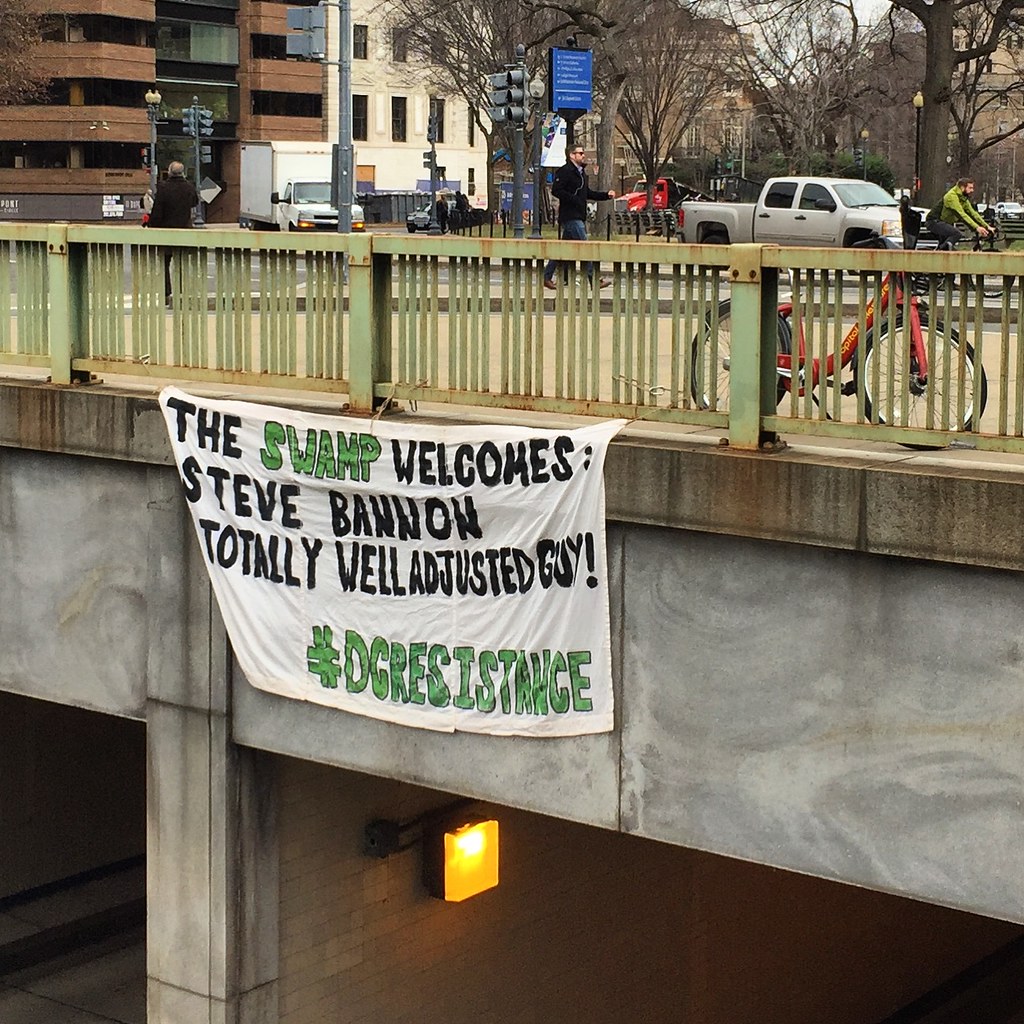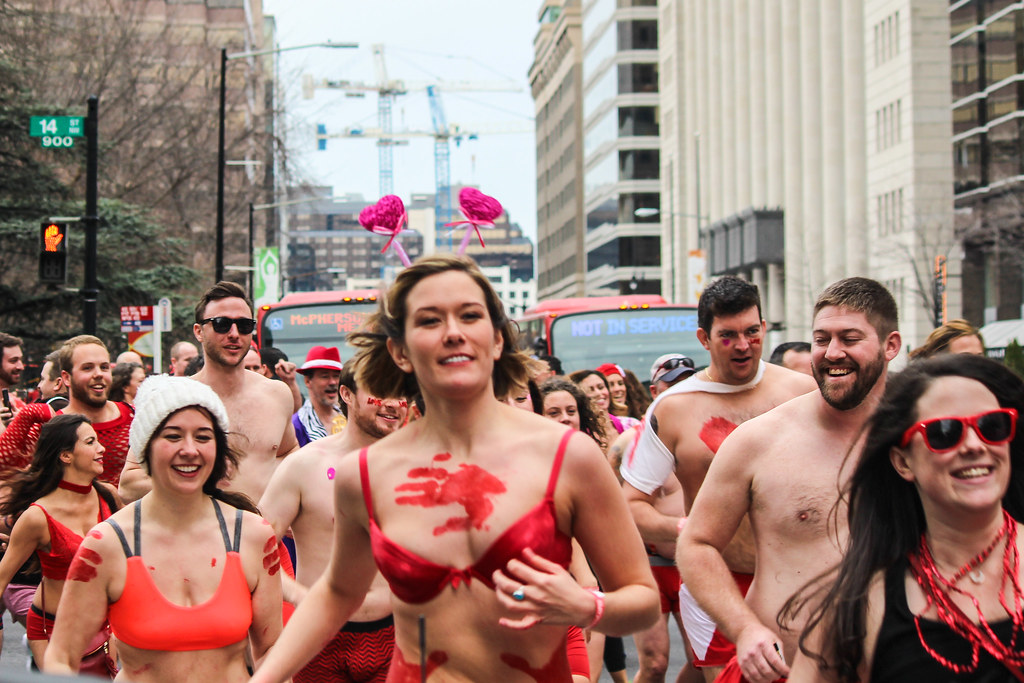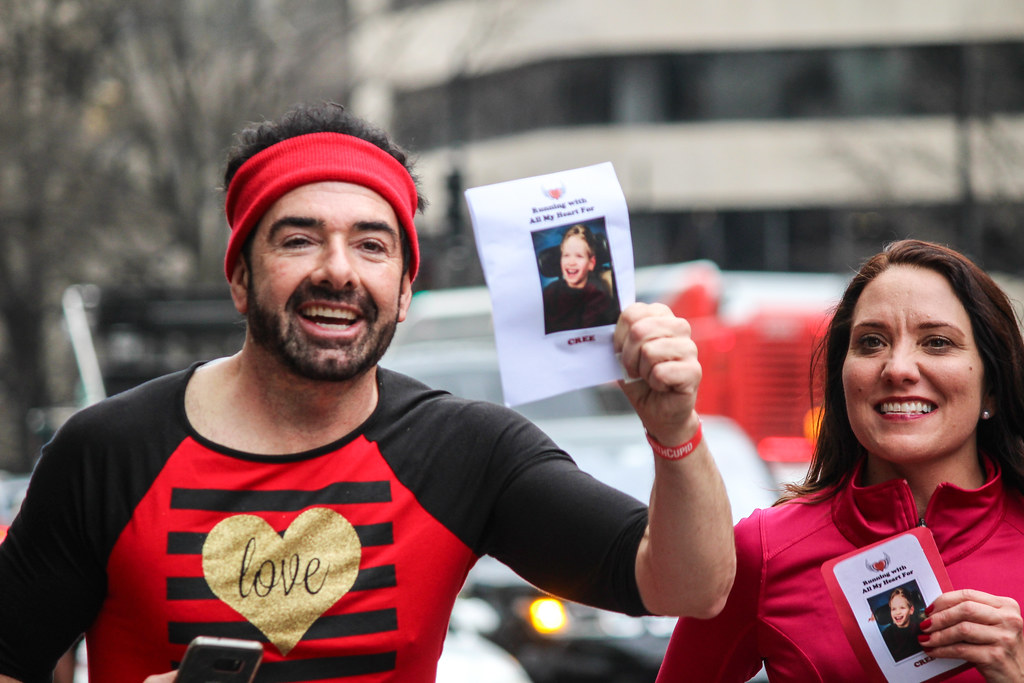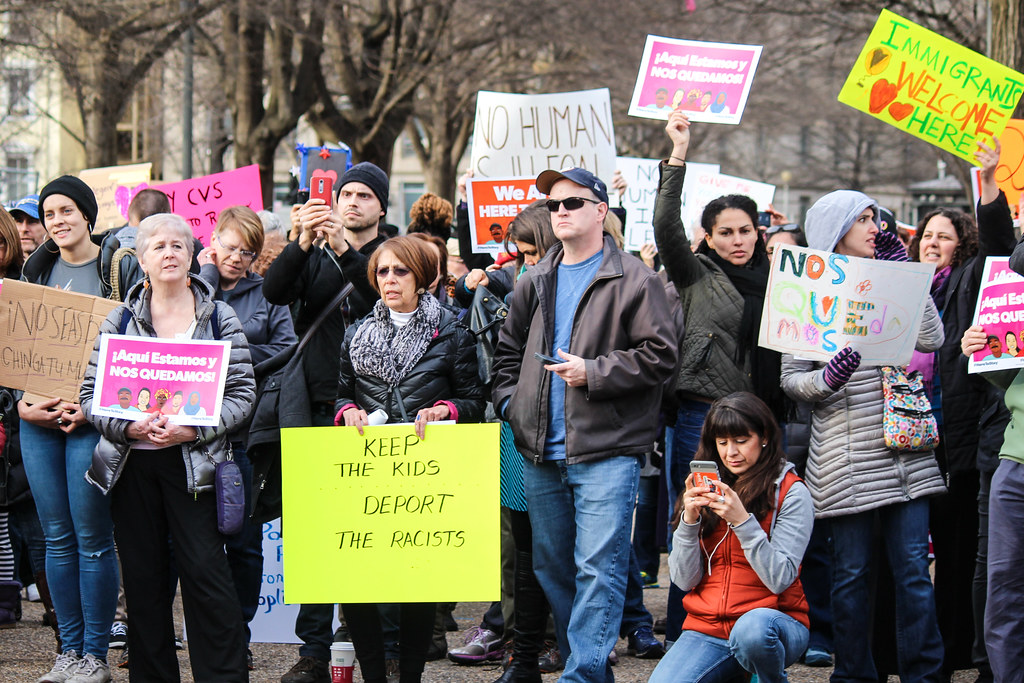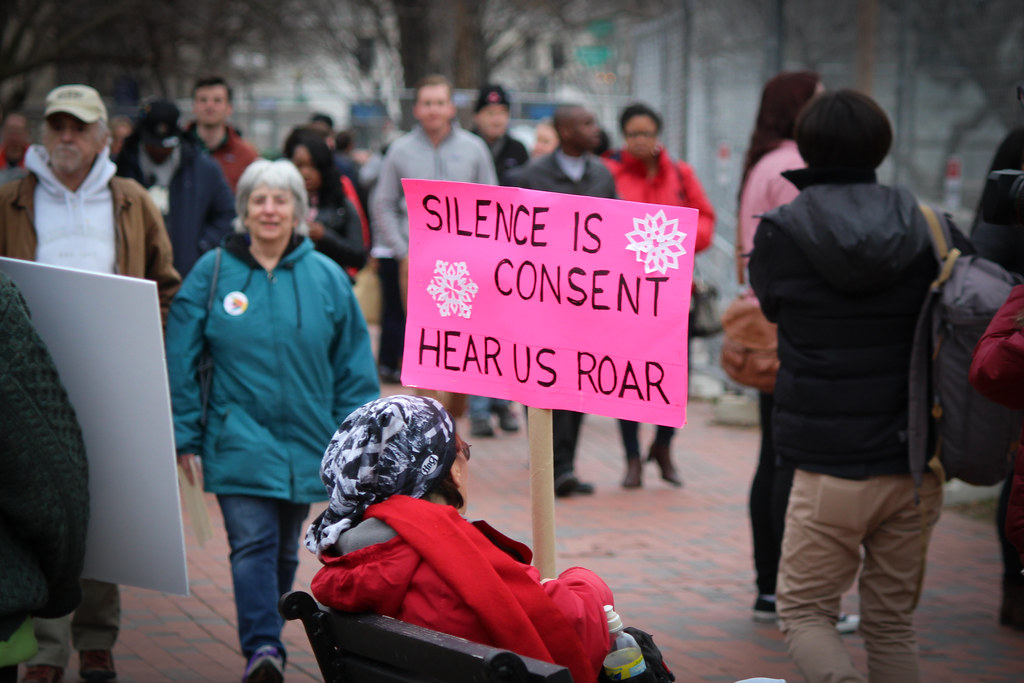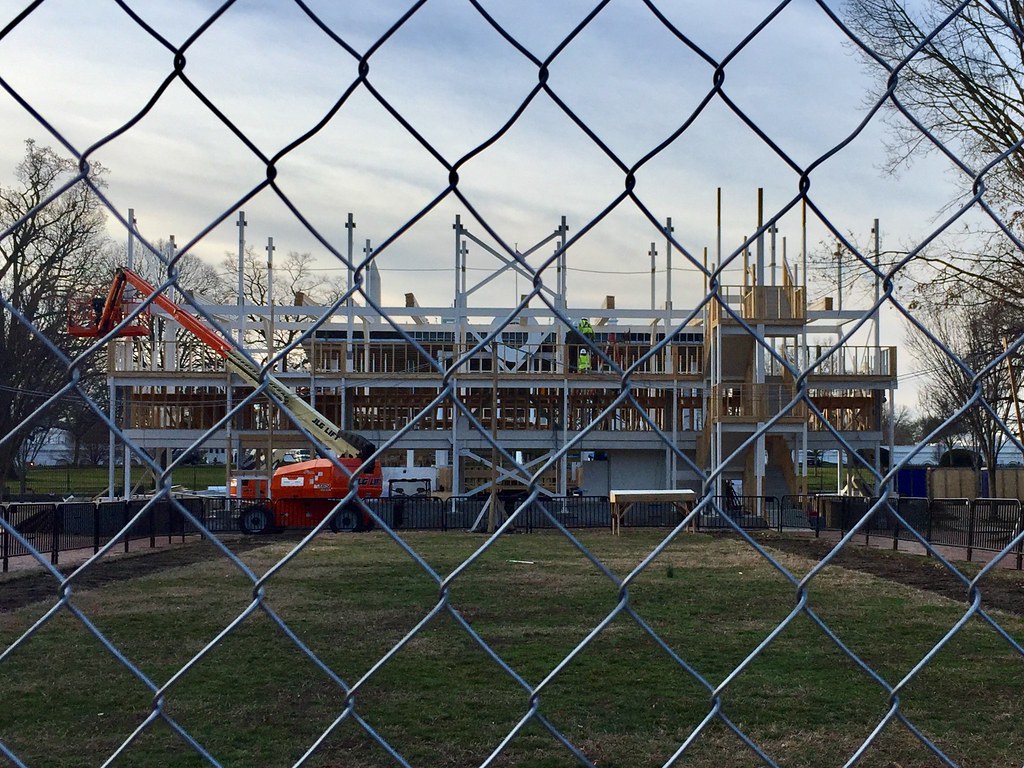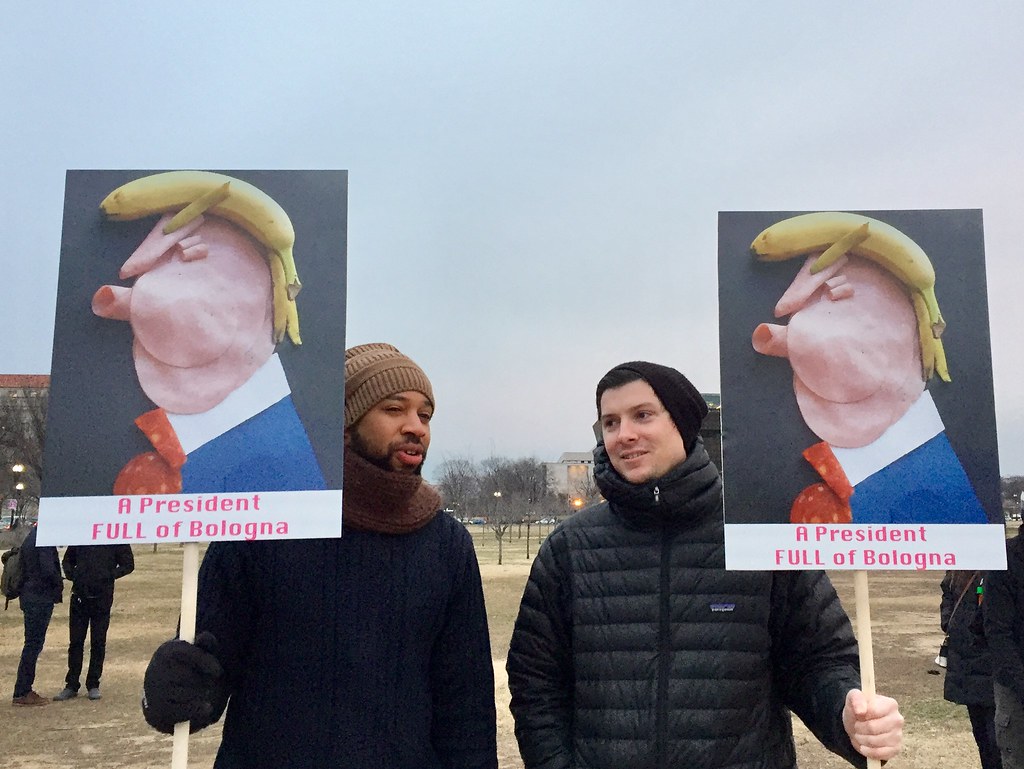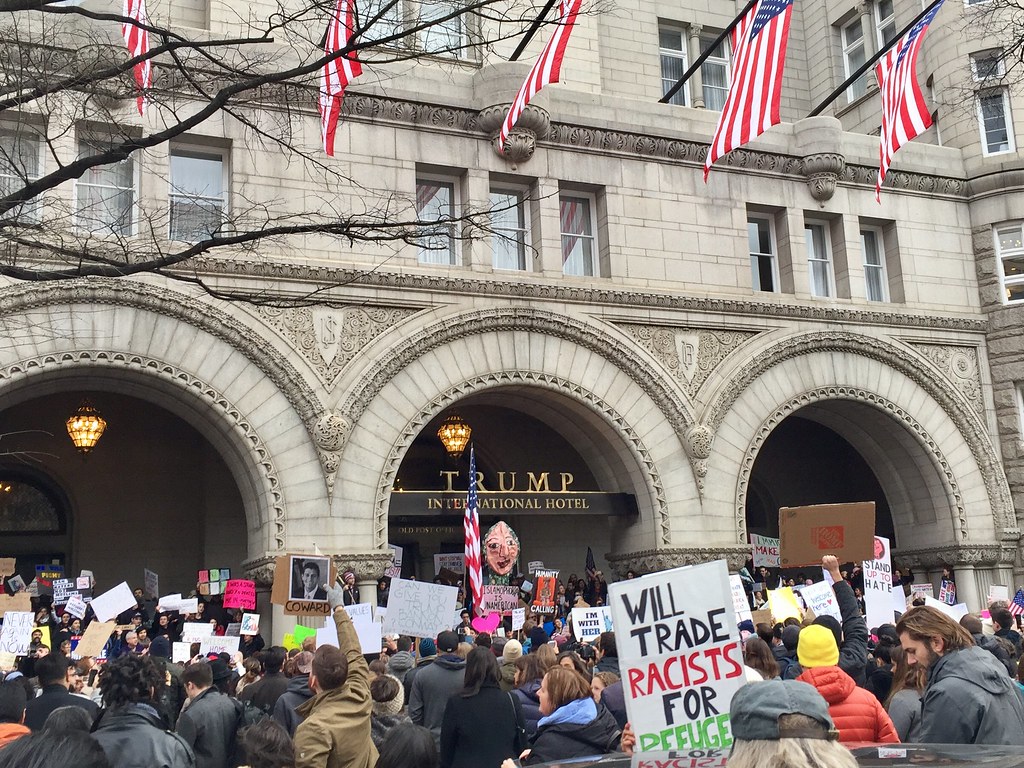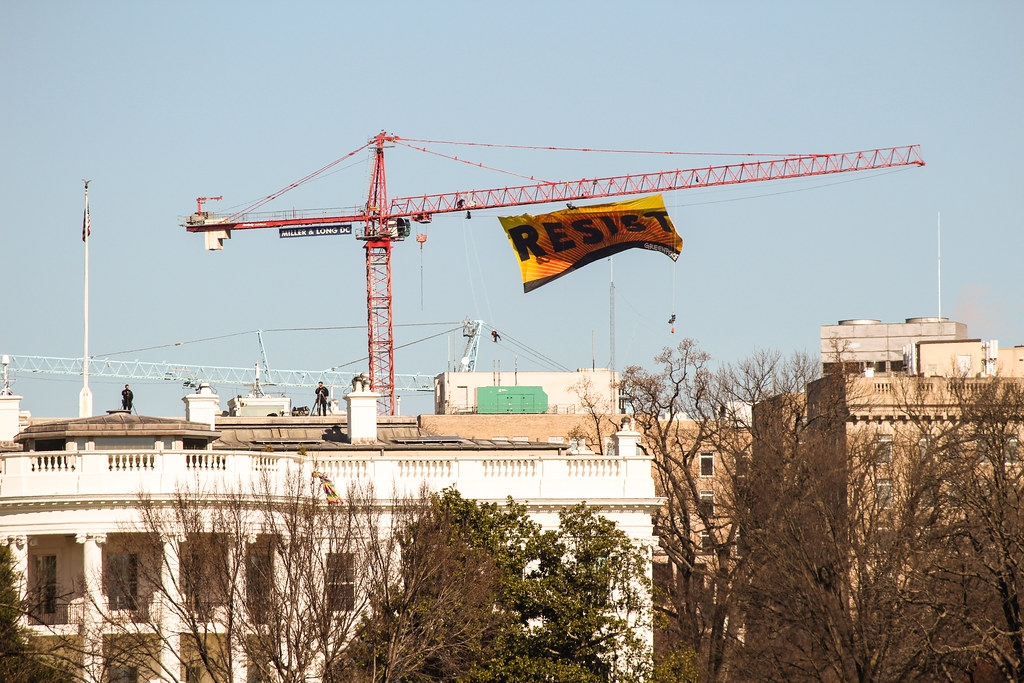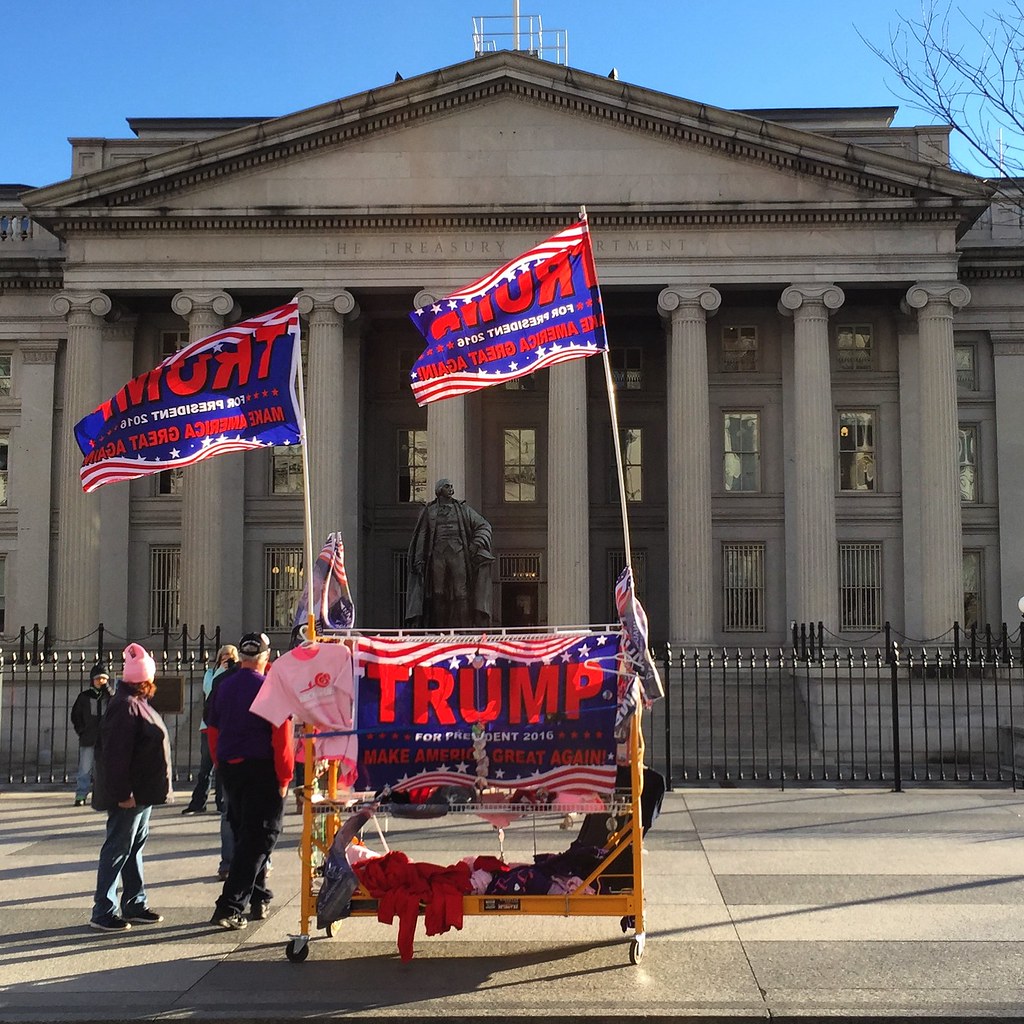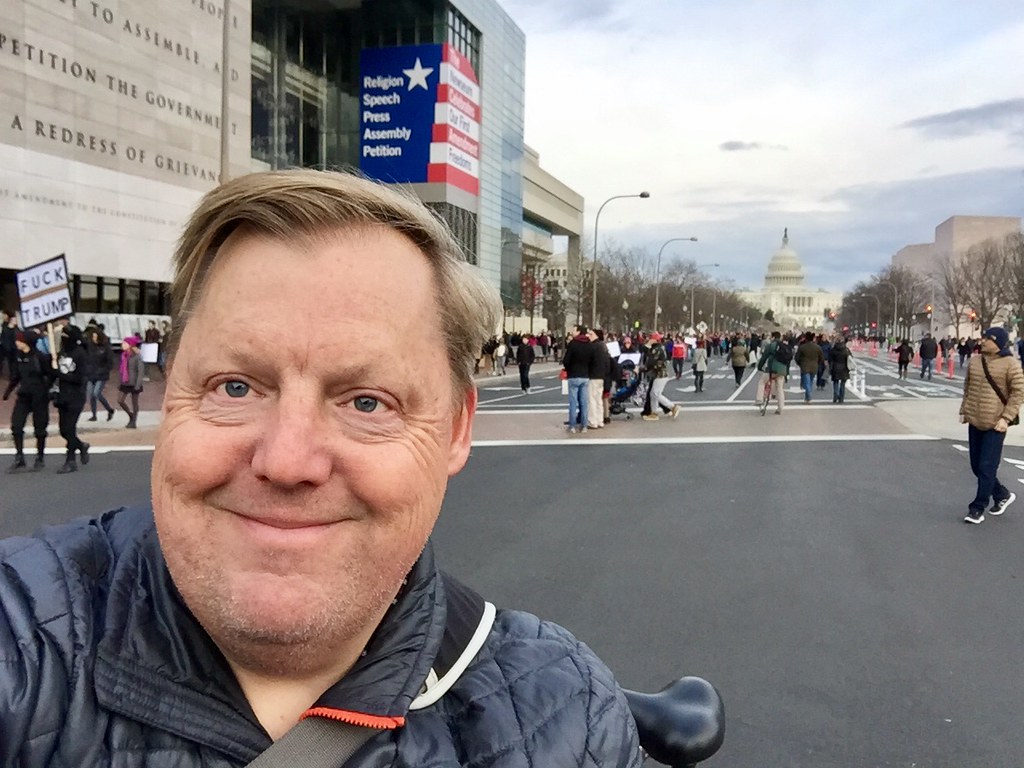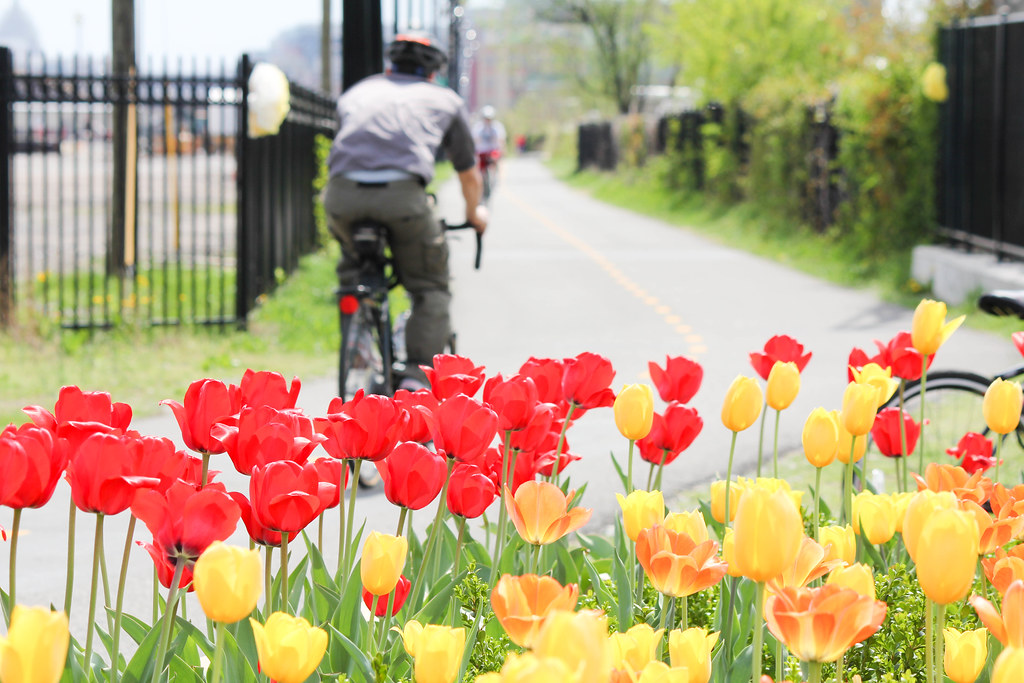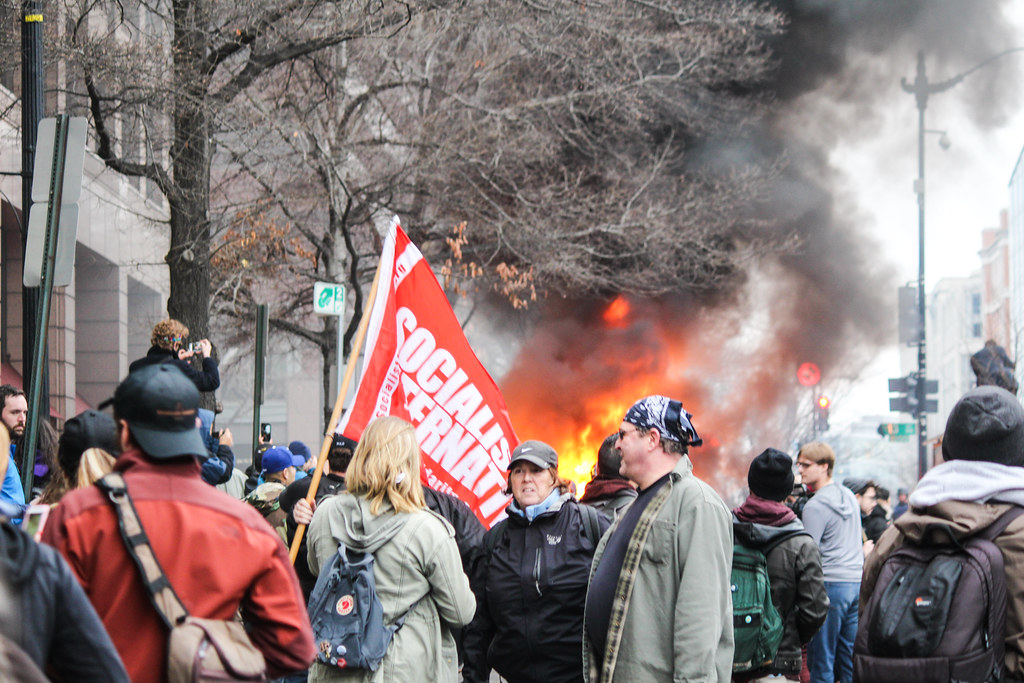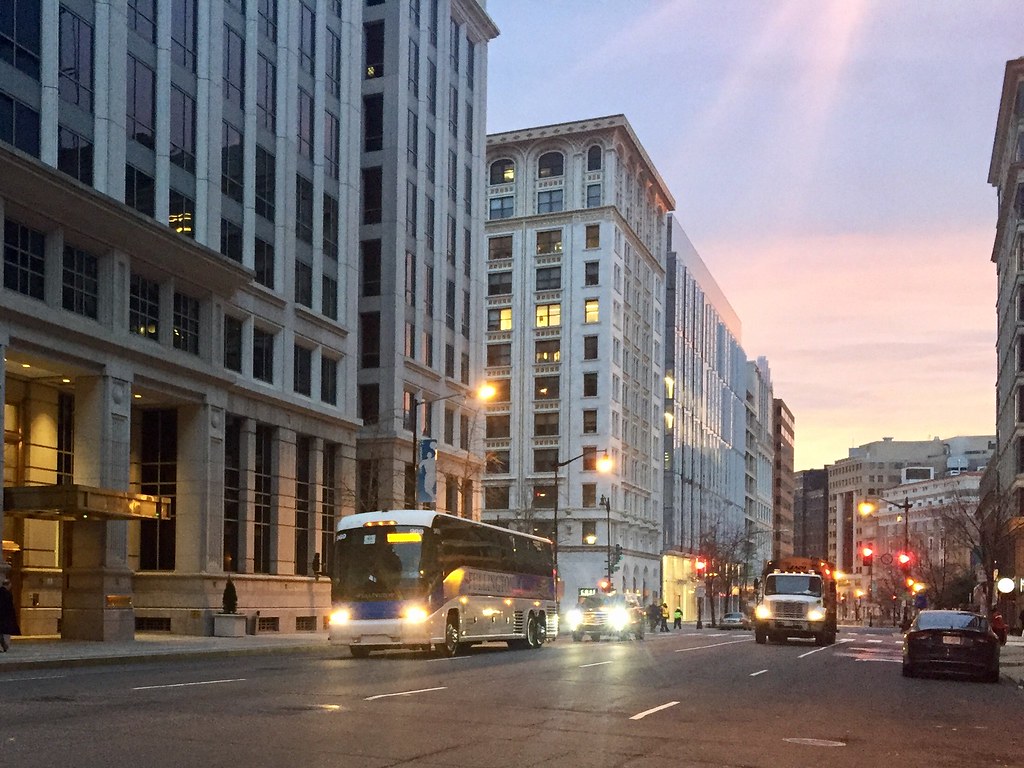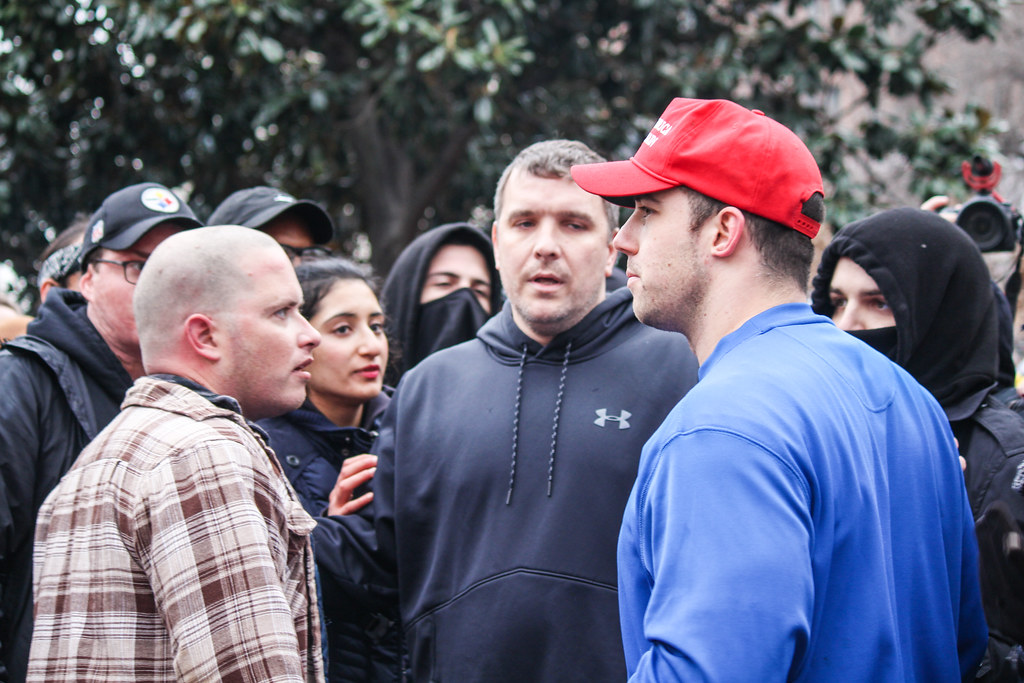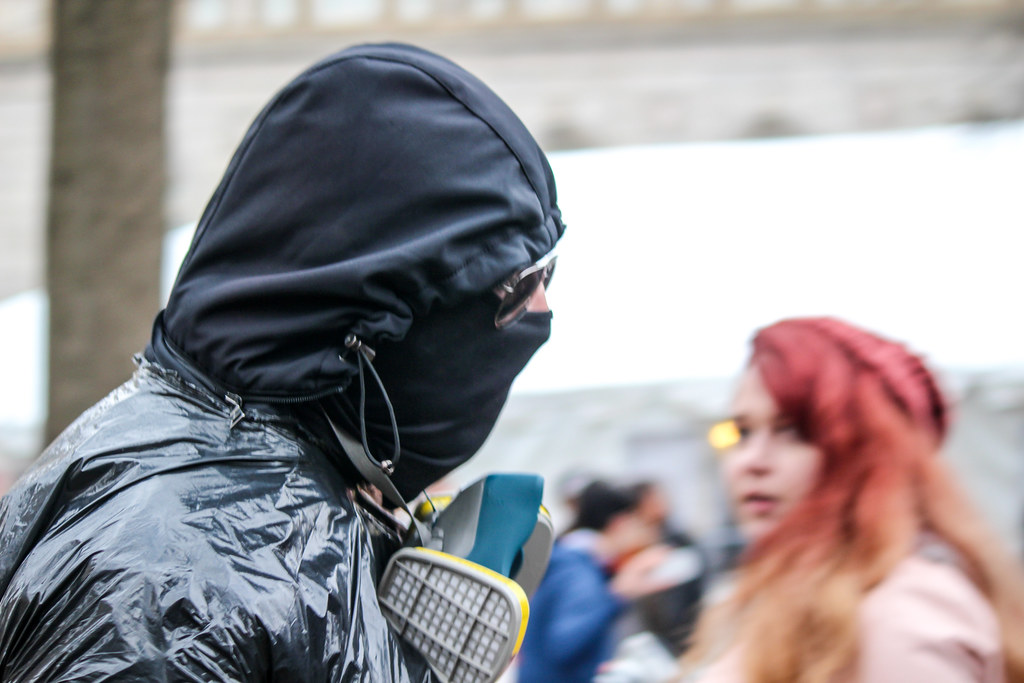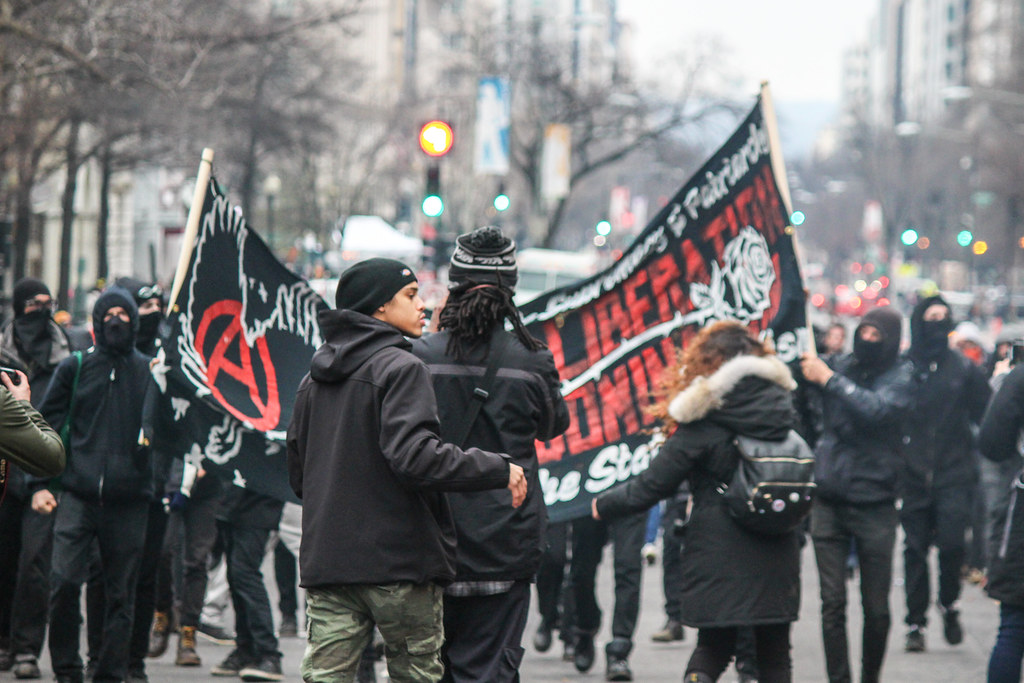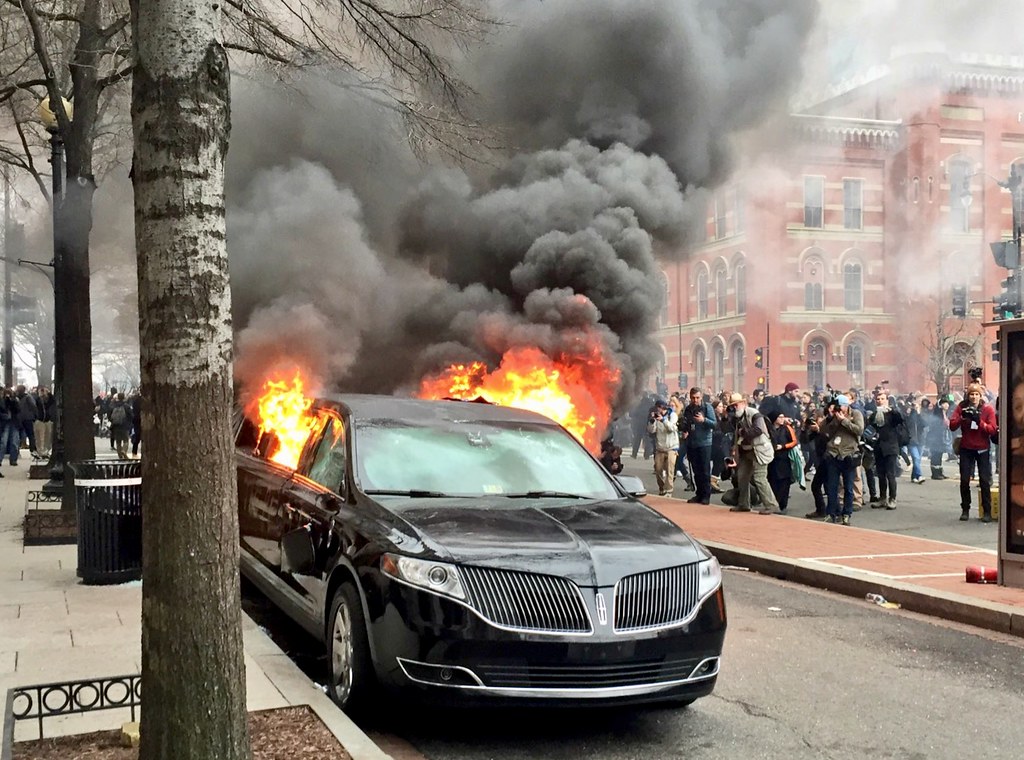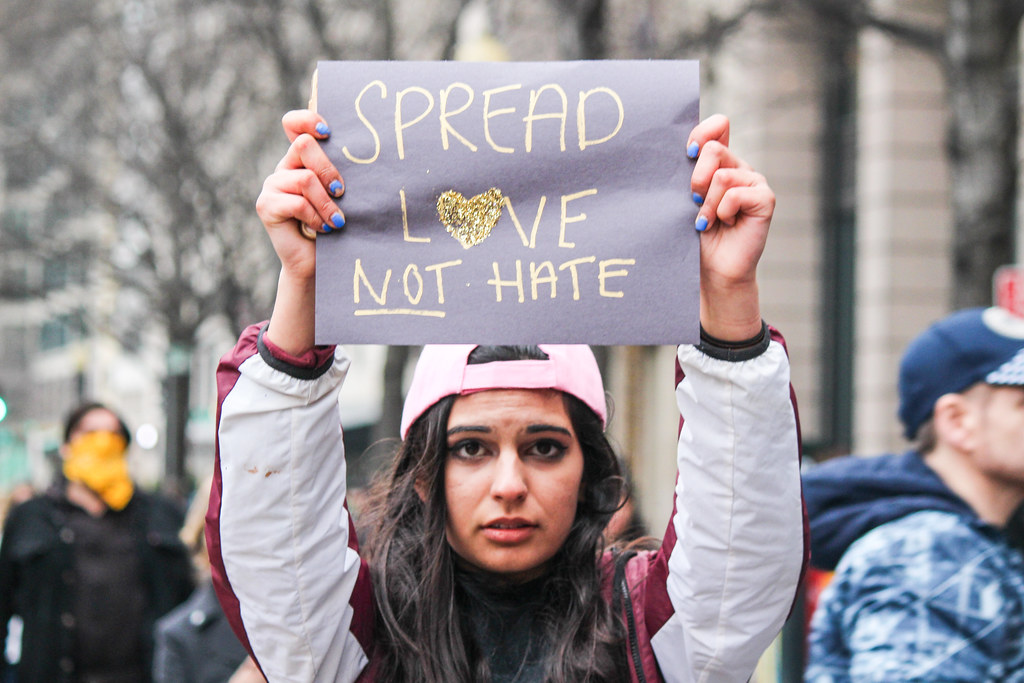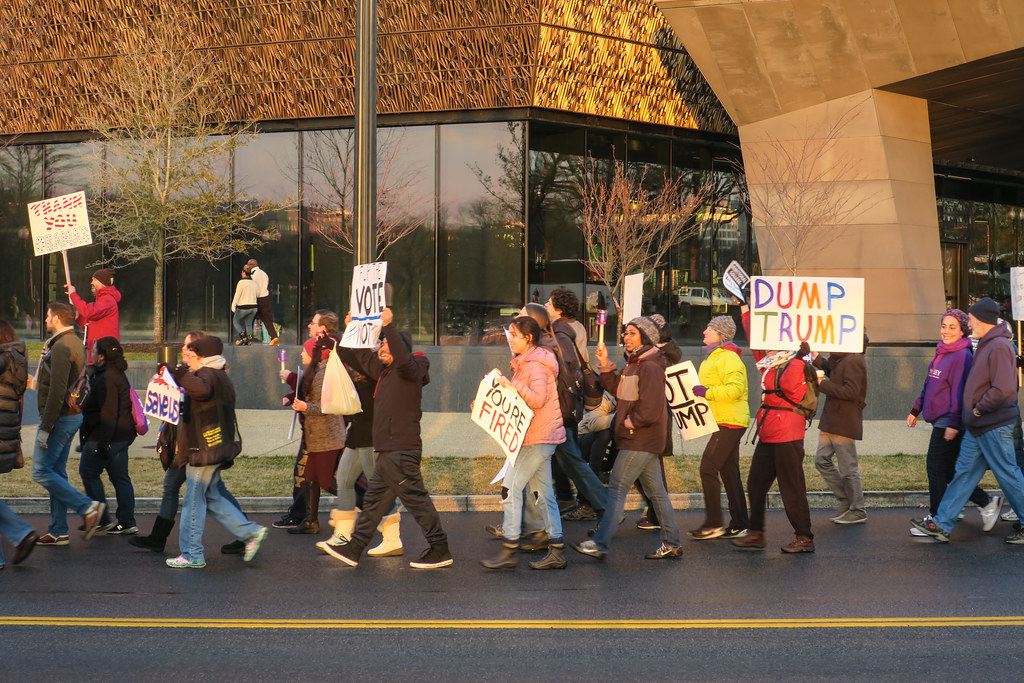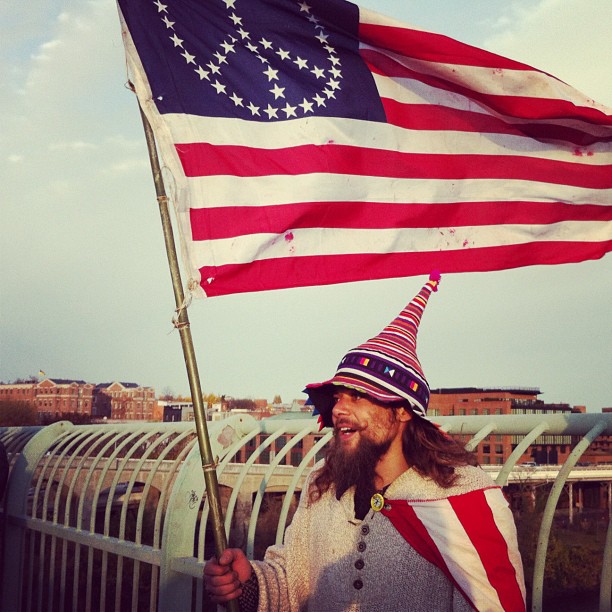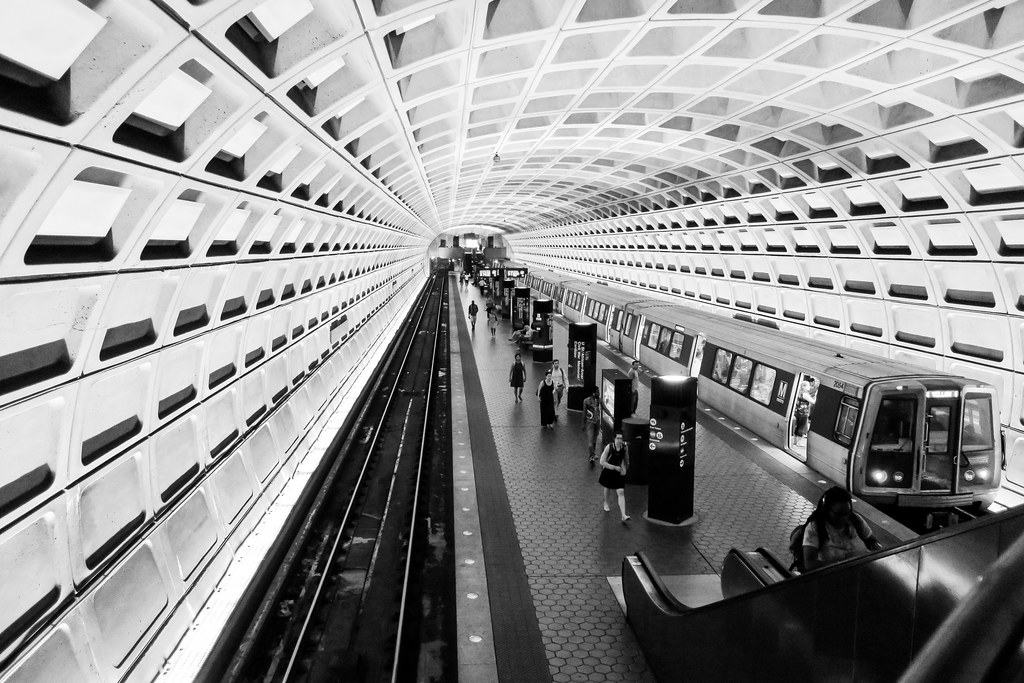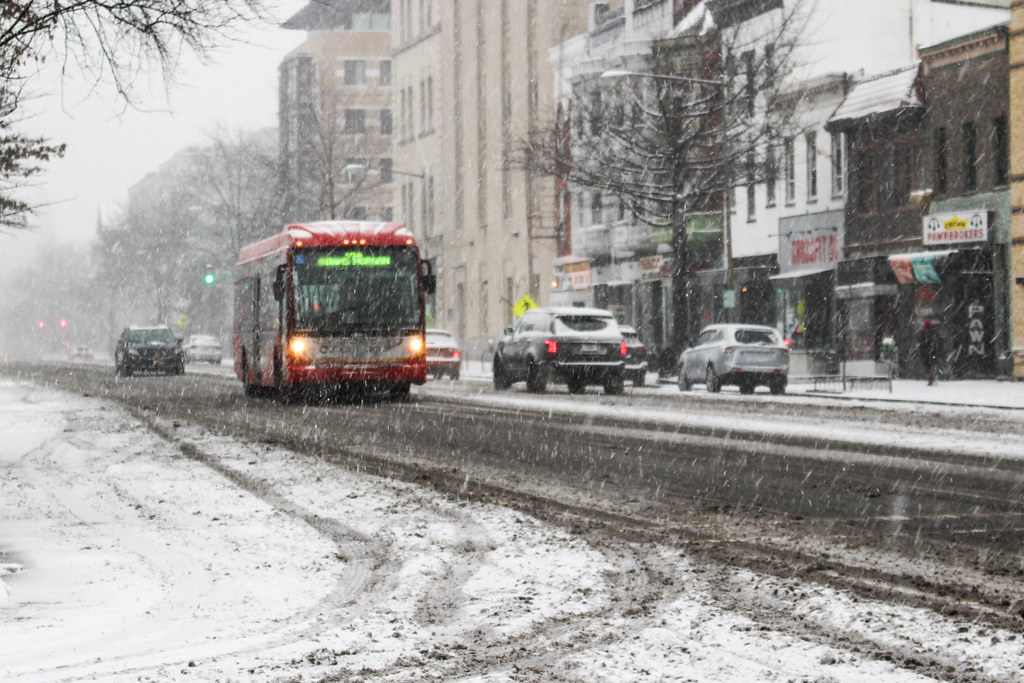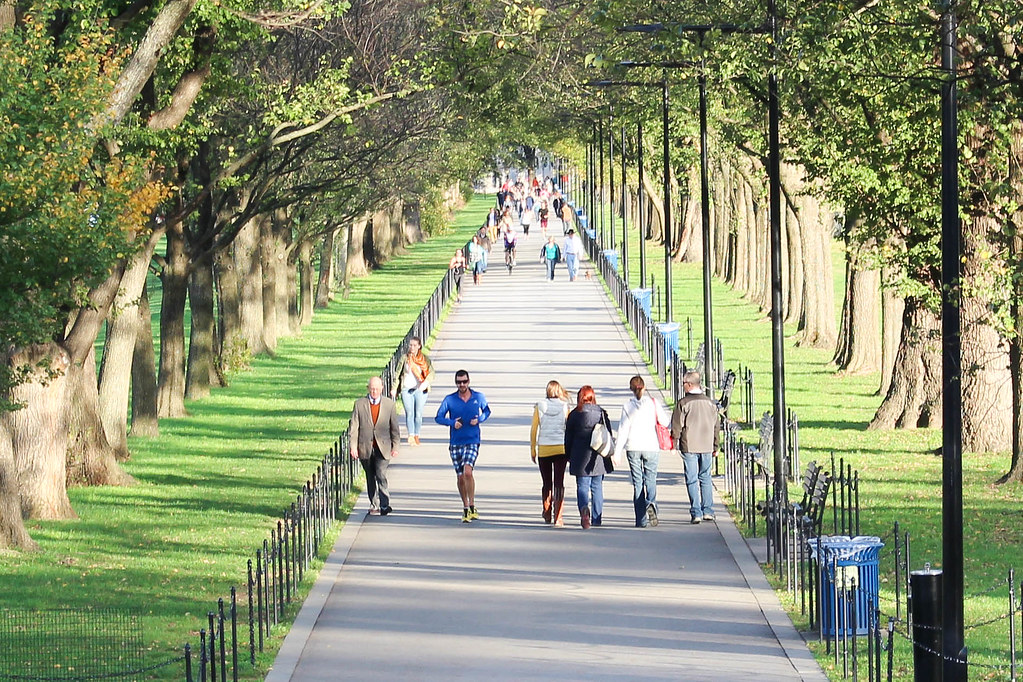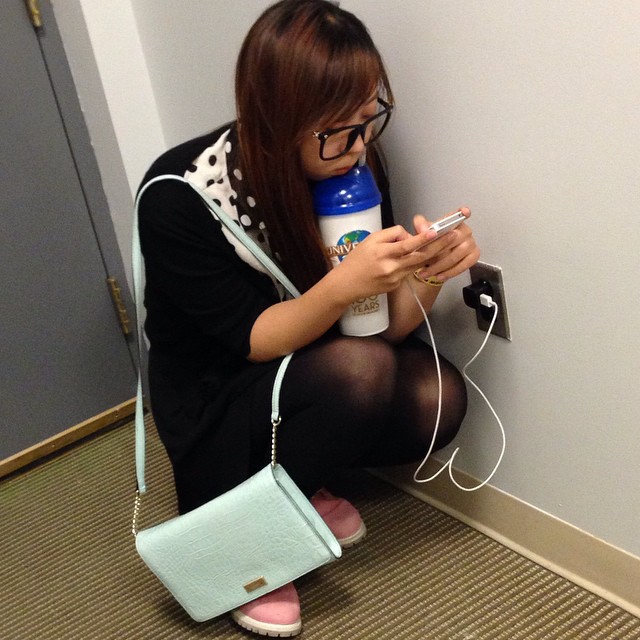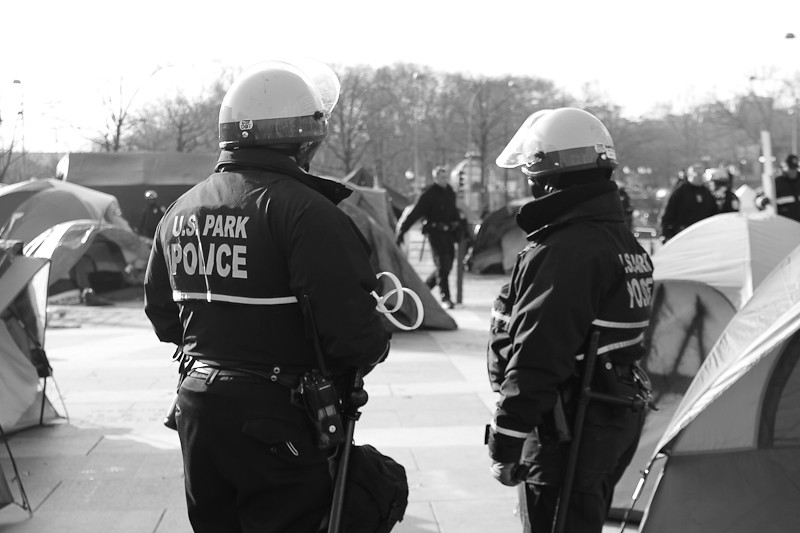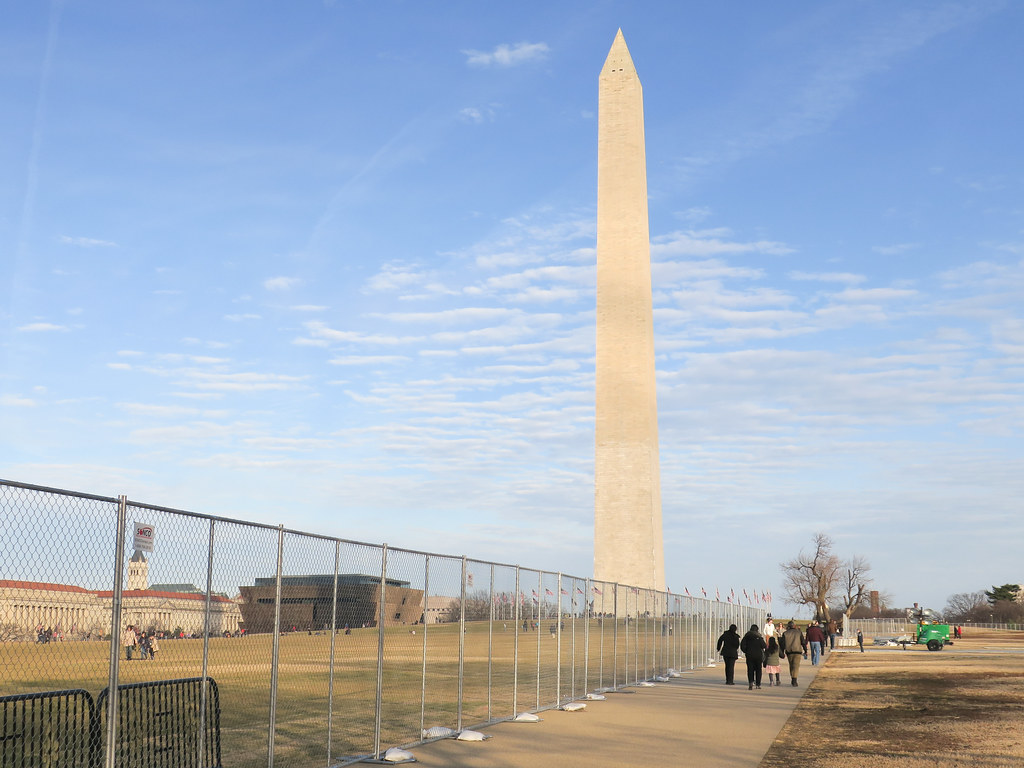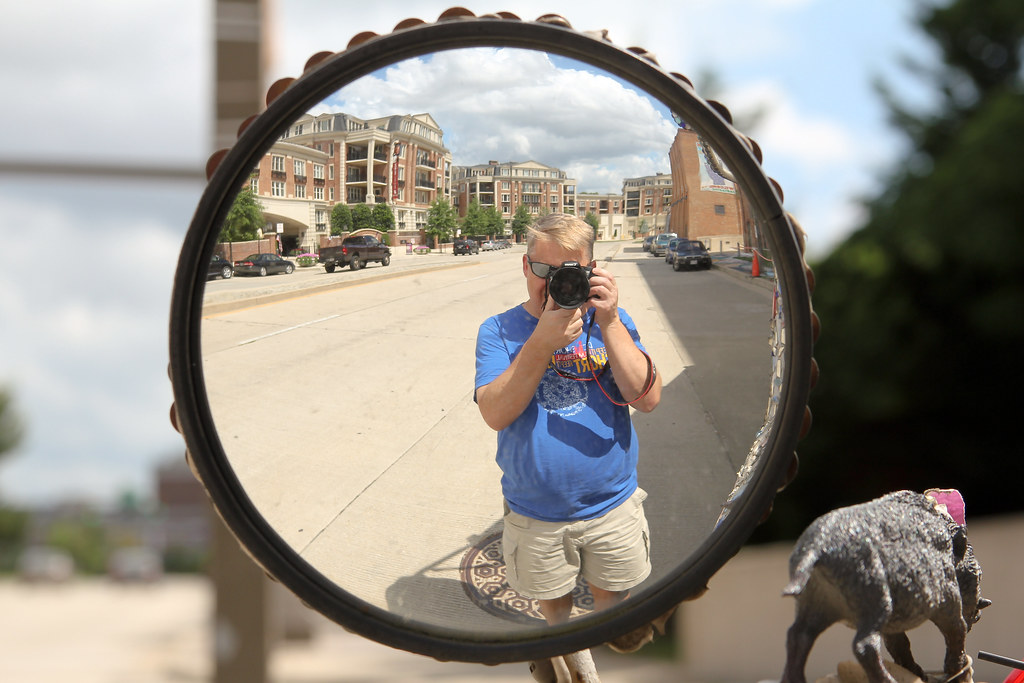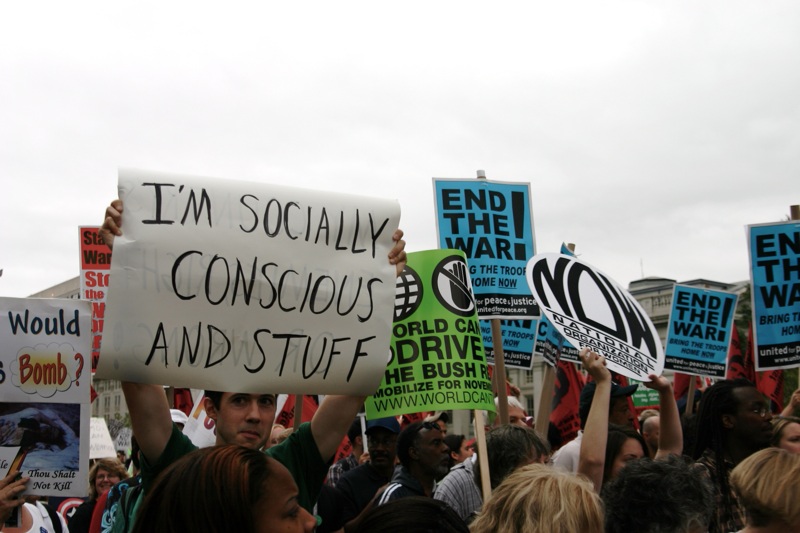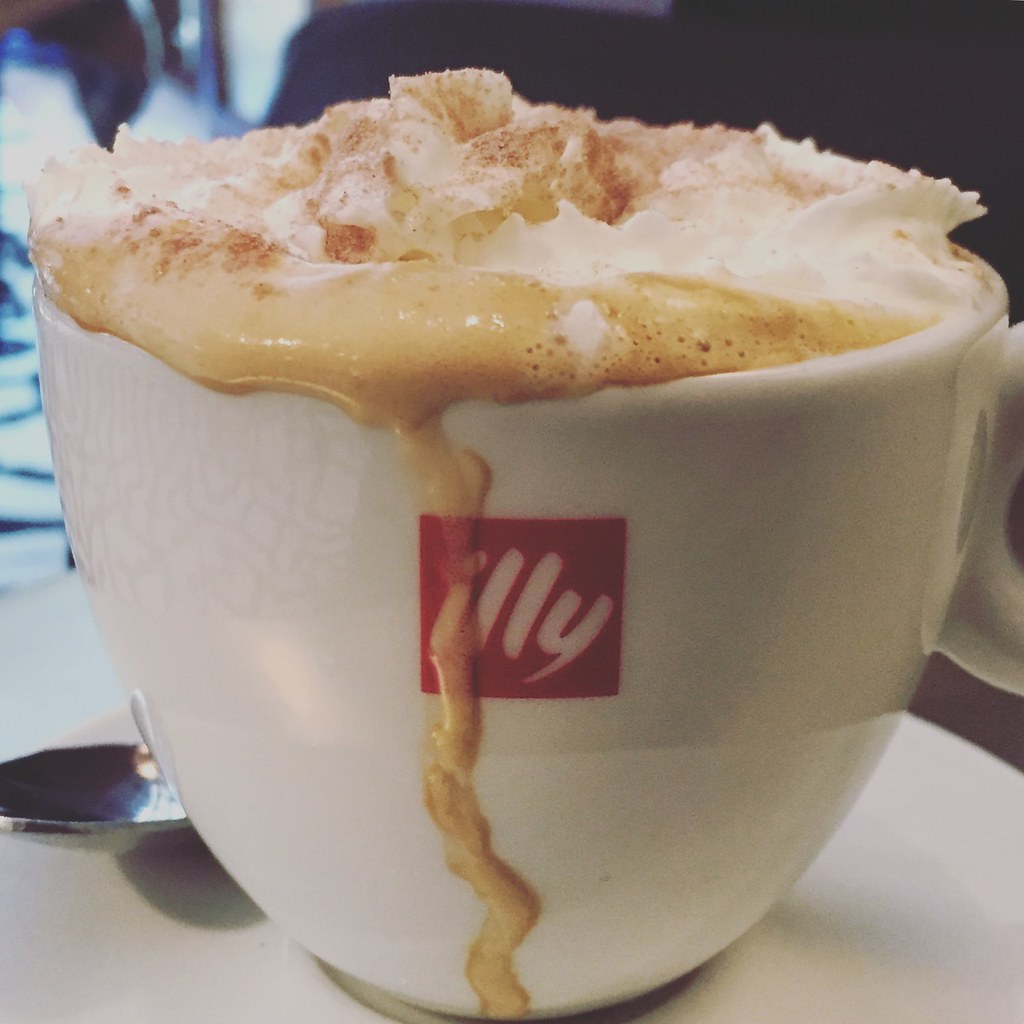During the campaign, Donald Trump vowed to “drain the swamp in Washington.” According to his formulation, this city was filled with nefarious characters who skirt the rules for their own benefit.
But what do you call a President who hawks his daughter’s clothing line on national TV? And sends his surrogates out to do the same? It’s literally a violation of Government 101 – you can’t endorse products as a government official. More than just unethical, it’s illegal, and one of the first things you learn upon entering federal service.
Don’t blame The Swamp for this endemic corruption. From stiffing contractors to swindling students, Trump exhibited a pattern of unethical behavior long before he set foot in this city.
I know, it’s easier to blame the nation’s problems on a secret cabal in Washington that controls everything. But, as the past few weeks have taught us, it’s shocking how little lawmakers actually control in this country. Trump can issue orders but they go unheeded and unenforced, for they are poorly written and unconstitutional. As I’ve written before, you need the cooperation of the bureaucracy to get things done in government.
Dystopias are supposed to be more efficient. Big Brother in 1984 was quite good at quashing dissent, even to the point of erasing the past. But the authors of this dystopia can’t even write a tweet without an embarrassing error.
Don’t blame Washington – we’re really not that good at governing the lives of others. Even the Obama administration, staffed with Ivy League graduates, was responsible for a bloodbath in Syria and somehow made healthcare in this country even more complicated and unaffordable.
The Swamp is a town of do-gooders, which is not entirely a compliment. The prospect of helping others leads people into government agencies and nonprofit organizations. But it also propels some of the worst excesses of the past couple decades, such as the invasion of Iraq. The architects of that disaster believed that they were liberating people from tyranny. They were doing good.
Fortunately, the longer you are here, the less confidence you have in the efficacy of government. Instead, you work to make your community better on a local scale.
You could see this in a pair of events on a Saturday afternoon in DC. Cupid’s Undie Run was a charity event, designed to raise money to fight cancer. Participants donated money and ran a mile in their skivvies in a good-natured, PG-13 happening.
The run happened less than a block from where anarchists torched a limousine on Inauguration Day – the Swamp is compact and walkable.
After Cupid’s Undie Run, another event took place, one of a more serious nature, a demonstration against Trump’s immigration policy. Though his sweeping Muslim Ban order had been stopped, the threat of extreme vetting and deportation remained for the nation’s Latino community, who gathered in an emergency basis in front of the White House.
This was just one of several demonstrations that day. Earlier, was Primal Scream Against Trump (which I was sorry to miss) and later was a rally for free speech.
How do these demonstrations come together? The Internet. Groups post their rallies and marches online and people show up. The denizens of The Swamp. They look like quite normal people, don’t they?
The Swamp is a poor metaphor for the corruption and incompetence that plague American politics. That government no longer works is not due to a place. It’s due to people, most of whom are from out of town. If you live in The Swamp, you want government to work, for it’s the industry that defines your city. It’s why you’re here.
The chronic dysfunction comes from the creatures that slither into The Swamp every four years. Like Trump, they want to make money, cause some trouble and then get out. Without these interlopers, we’d have a healthy ecosystem that delivers results to the American people.
Iraq, Obamacare, Muslim Ban. Don’t blame The Swamp for these calamaties. Blame yourselves and the elected officials you send to rule here.
